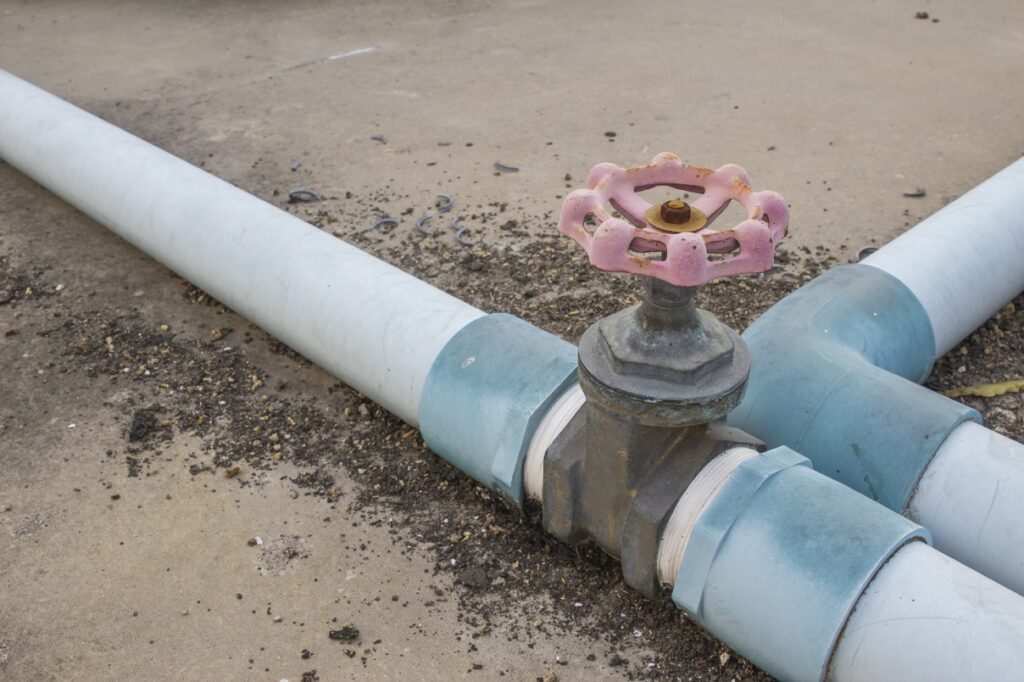To address the issue of a less than productive female talent pipeline across UK businesses, www.WeAreTheCity.com has launched a new awards programme – the WATC Top 50 Rising Stars Awards for 2015. These awards are the first to focus on the UK’s female talent pipeline below management level and will celebrate 50 women across multiple industries who represent the leaders of tomorrow. Public voting for the nominees will be open throughout July.
Why diversity needs to be top of the HR agenda
The increase in the number of women on boards is undoubtedly a positive step forward for workplace gender equality, but ensuring women are represented at board level is merely the tip of the iceberg.
The real challenge for businesses is building and maintaining a strong female talent pipeline from the bottom up and making sure that women continue to move along the pipeline without the current dramatic drop out at middle management level.
Problems with the talent pipeline
According to the research of a number of organisations, the pipeline appears to be leaking. Over 80% of companies have a shortage of female senior managers and as over three quarters of senior management roles are filled by internal candidates, it’s clear that the process is not working.
The figures of how few women make it to senior management level are staggering. The CMI recently highlighted that women in the UK comprise 60% junior managers, 40% middle managers, just 20% at senior levels and less than half of that in CEO roles.
The business case for gender equality
Apart from anything else, teams made up of men and women make good business sense. They are more representative of customers and offer a wider variety of viewpoints, market insights and experience which can help with decision-making, problem solving and creativity.
So how can companies encourage the continuous movement of women through the ranks?
There are four key steps:
- Identify potential leaks before they happen
The time that employees reach middle management level also tends to be the time that a lot of women become detached from the labour market. These individuals may need extra support to develop their skills upon re-entry to the workplace.
Companies need to recognise the point at which women need career support and the only way to gather this data is by talking to their female employees.
Unfortunately, there is not a one size that fits all approach, however there are several stages where additional support should be considered such as transitioning to new role, maternity return, relocation to another city, even down to the point where individuals may assume other caring responsibilities.
Additional support and the ‘what can we do to help’ conversation shouldn’t just come in to play once an individual feels there is no support and has reached the point where they hand in their resignation.
- Listen to employees
By the time a woman reaches middle level management, she will usually be keen to move up to a more senior role and growing increasingly discontent in her current role if she feels she is not recognised. Sometimes, a conversation at mid-year or end-of-year just is not enough, there needs to be conversations and other ways of communicating in between.
Companies need to start asking their women what they need as opposed to creating programmes and solutions that are assumed to fit all. Putting women on women-only programmes is not always the answer, as these programmes do not reflect the real world we live in, e.g. a world without men!
Ways that senior managers can help can be as simple as creating and attending internal networking events, as this creates an opportunity for senior leaders to interact and above all LISTEN to staff at more mid to junior levels.
- Help employees build networks
The answer to female middle manager progression isn’t just about training that has been designed to put them on the senior management track, it is also about providing opportunities for them to build their internal/external networks. These women need to be able to gain access to senior stakeholders, mentors and over time, build sponsor relationships with individuals who will champion their work and help move them up in the organisation.
They can also help to ensure there are sufficient networking opportunities within their own departments as this will allow cross-level relationships to build and can often pay dividends when the next generation of talent needs to be identified.
Other ideas to identify talent include lunches/breakfasts whereby 10-15 individuals are invited to spend time with a senior leader. The sweet spot is to be able to create alternative ways of listening to and not just through the conventional mid-year reviews, year-ends or via your employee engagement survey.
- Consider all the options you are in a position to offer
Companies also need to seriously consider other areas that will support their workforce, such as flexible working (for all members of staff regardless of gender), the introduction of cross-function mentoring programmes, career support groups and individually tailored transition coaching for those moving up the ranks.
Don’t forget the junior members of staff too. These individuals require equal support as you’ll find that over time, if you nurture them and provide the support they need, they will grow into your middle managers and hopefully become your senior leaders of the future.
Only by supporting staff from the bottom up can we ensure an effective and productive female talent pipeline.






